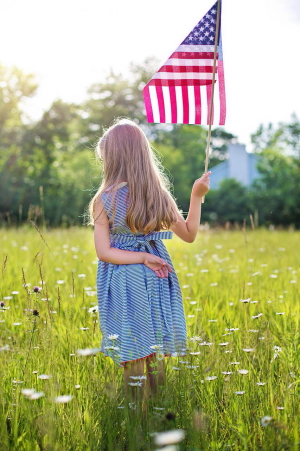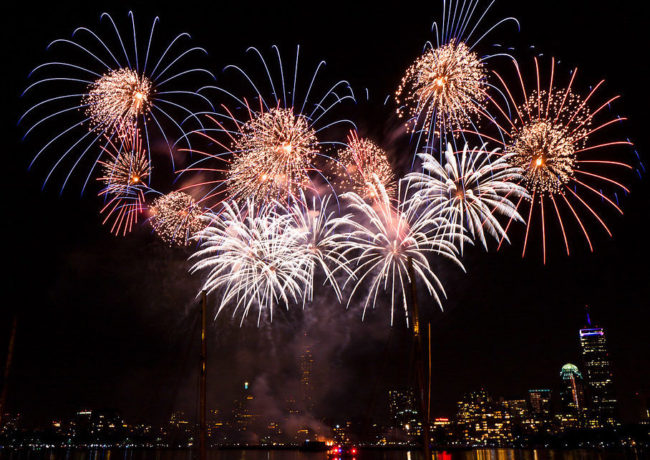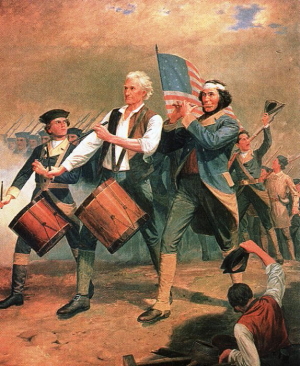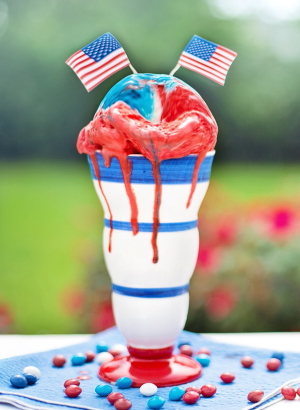MONDAY, JULY 4: After two years of social-distance Independence Day celebrations, festivities appear to be ramping up this year, with crowds expected to line streets for patriotic parades; the scent of barbecue drawing family and friends; and, finally, fireworks lighting up the night sky, on this, the Fourth of July—the National Day of the United States of America.
Did you know? Though the legal separation of the Thirteen Colonies from Great Britain took place on July 2, 1776, it was two days later—July 4—when the Second Continental Congress gave its approval.
THE DECLARATION: A HISTORY
With the fledgling battles of the Revolutionary War in April 1775, few colonists considered complete independence from Great Britain. Within a year, however, hostilities toward Great Britain were building and the desire for independence was growing, too. Thomas Paine’s 1776 pamphlet, “Common Sense,” fueled the unifying aspiration for independence.
In June 1776, the Continental Congress appointed a five-person committee to draft a formal statement that would vindicate the break with Great Britain: Thomas Jefferson, Benjamin Franklin, John Adams, Roger Sherman and Robert R. Livingston. Jefferson, considered the most articulate writer in the group, crafted the original draft. A total of 86 changes were made to the draft before its final adoption on July 4 by the Second Continental Congress. On July 5, 1776, official copies of the Declaration of Independence were distributed. (Learn more from History.com.)
One year following, in 1777, Philadelphia marked the Fourth of July with an official dinner, toasts, 13-gun salutes, music, parades, prayers and speeches. As the new nation faced challenges, celebrations fell out of favor during ensuing decades. It wasn’t until after the War of 1812 that printed copies of the Declaration of Independence again were widely circulated, and festivities marked America’s Independence Day. Congress declared July 4 a national holiday in 1870.
STARS AND STRIPES
A salute of one gun for each U.S. states is fired on July 4 at noon by any capable military base, and in the evening, A Capitol Fourth—a free concert broadcast live by PBS, NPR and the American Forces Network—takes place on the Capitol lawn in Washington, D.C. For facts about the Declaration and more, visit USA.gov.
JULY 4 RECIPES, PARTY TIPS & MORE
Nothing sets the stage for a summer party like the occasion of the Fourth of July! Dig up those red, white and blue decorations and recipes, and invite neighbors and friends over for a birthday bash for the nation.
From the perfect grilled steak to a fresh-fruit patriotic cake, find recipes from Martha Stewart, AllRecipes, Food Network, Food & Wine, and Real Simple. HGTV offers last-minute snack ideas.
For party and decor tips, check out HGTV’s easy entertaining ideas, Americana style suggestions and backyard party tips.
Or, stay indoors with a lineup of patriotic movies—Forbes offers a top-10 list of movies, including “Yankee Doodle Dandy,” “Johnny Tremain,” “Live Free or Die Hard” and “The Patriot.”




